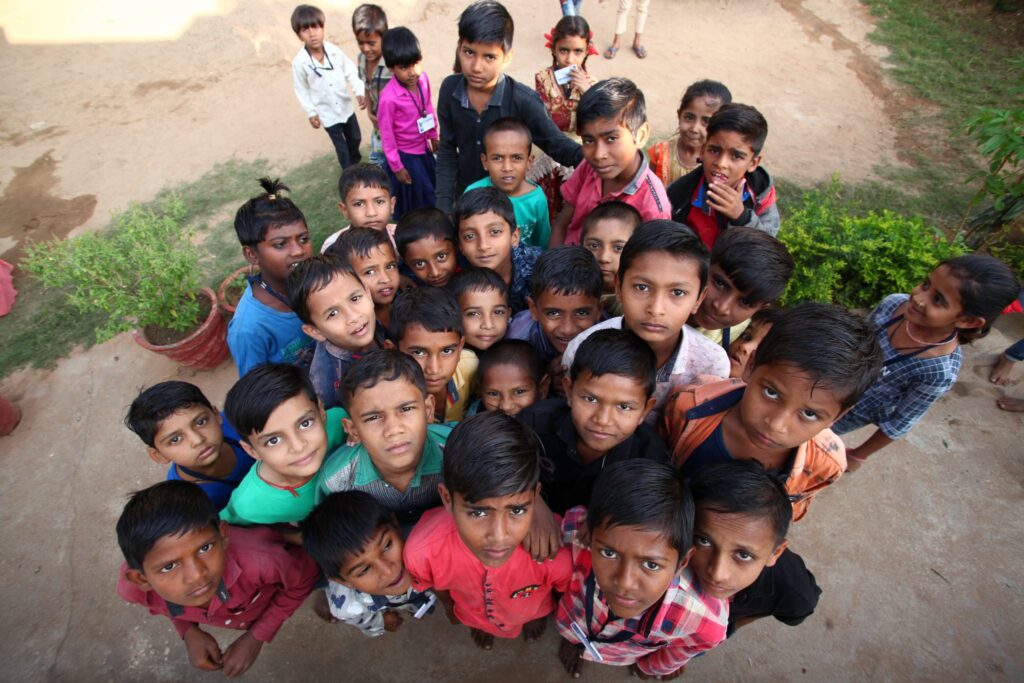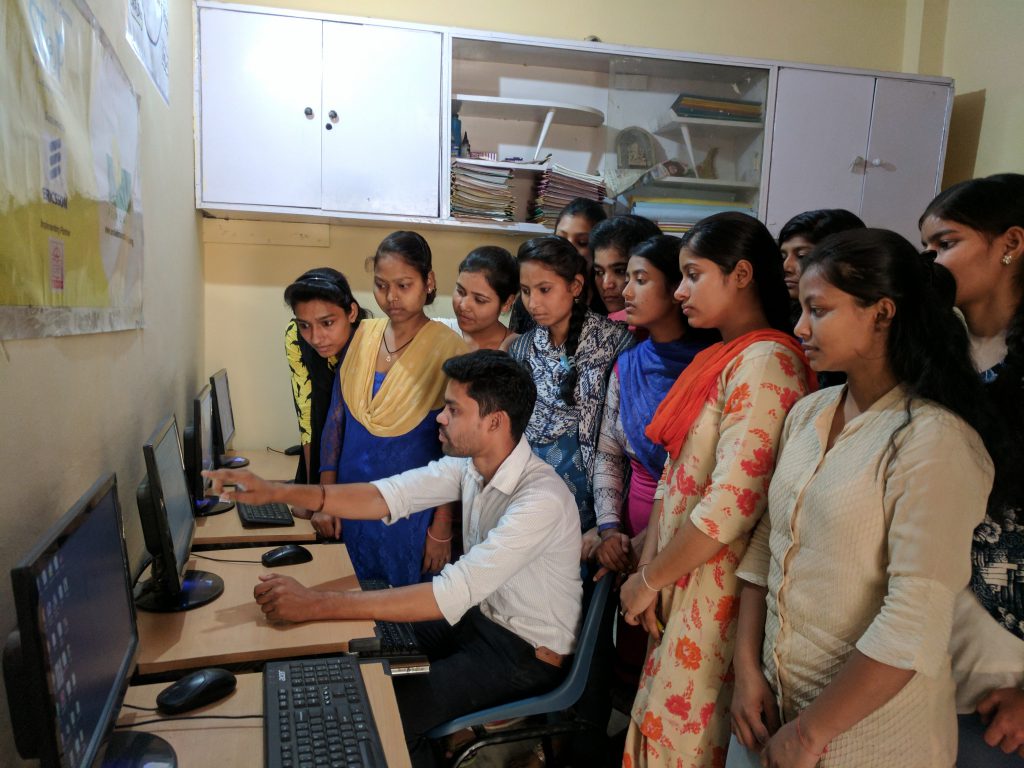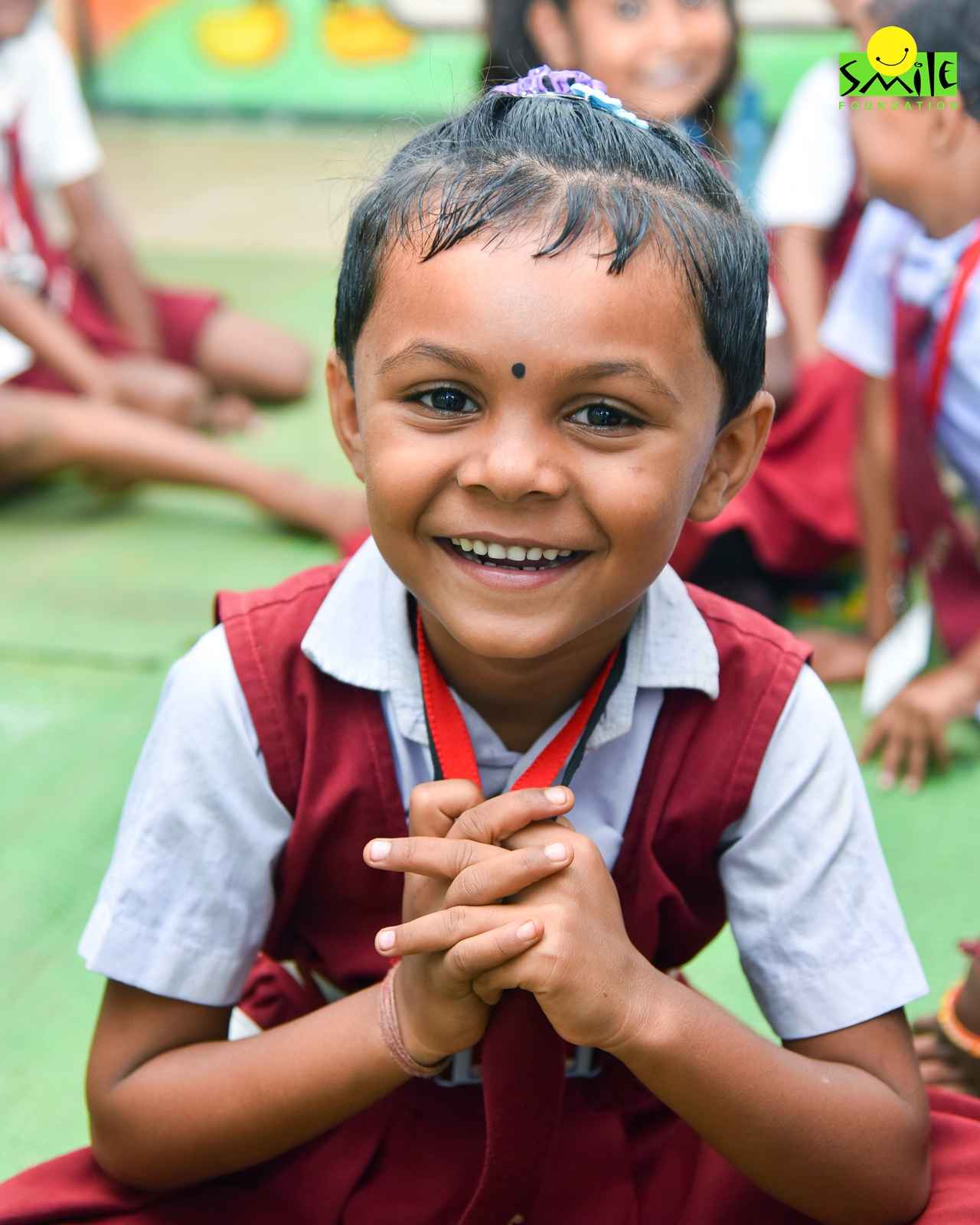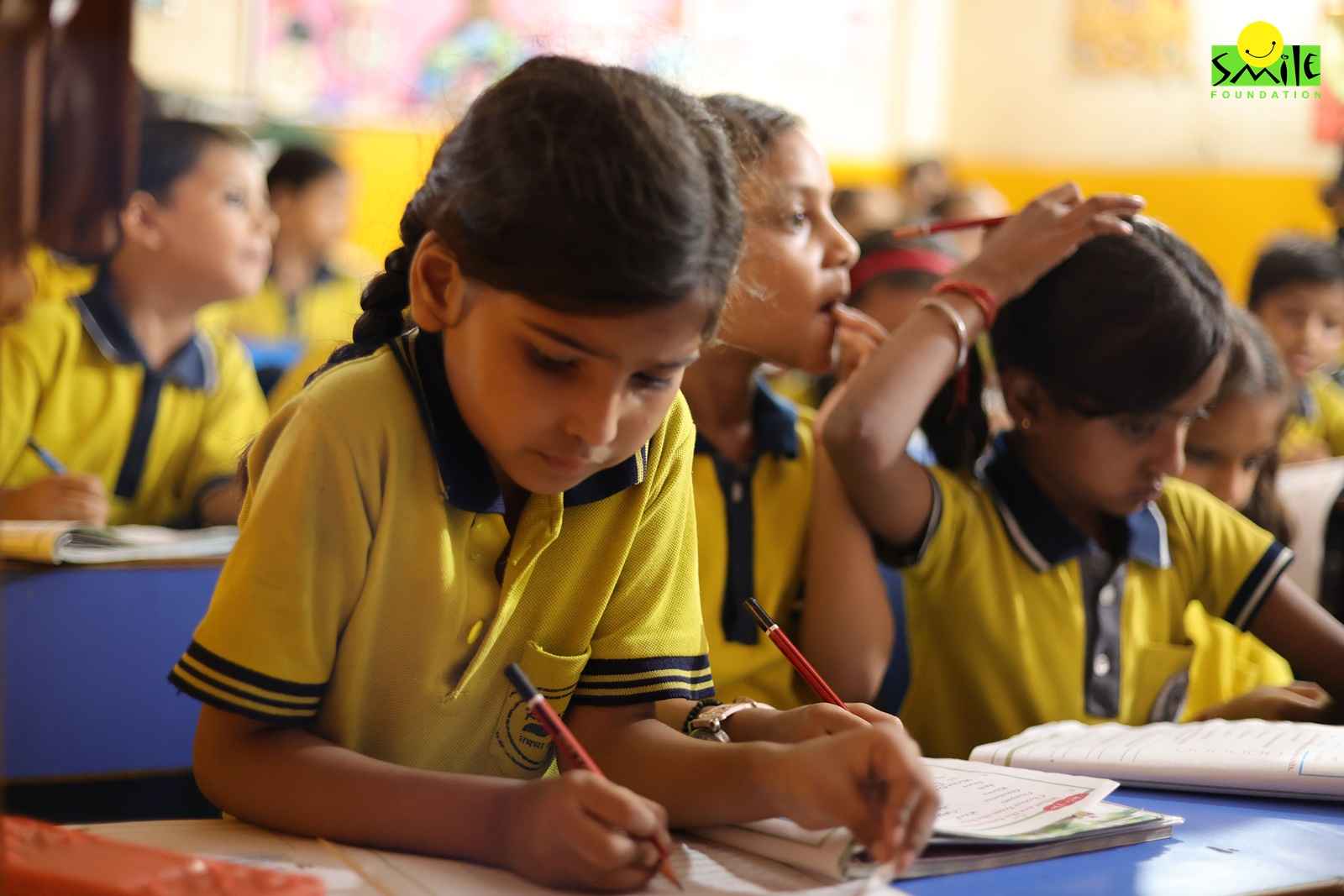Children are the most susceptible in crises ranging from warfare to natural disasters and everything in between. Climate change is no different. The threat presented by the global warming catastrophe will only intensify unless the world comes together and thinks of immediate and long-term solutions. Before climate change turns into a child rights crisis, we need to address this issue.
At the recently held COP26 UN Climate Change Conference in Glasgow, Scotland, world leaders promised to combat carbon emissions and other climate-related challenges with greater vigour than ever before. The world has no other choice, and children will play a critical part in addressing the crisis of climate change.
Mary Robinson, former Irish president who also served twice as a UN special envoy for climate change, moderated the event. During the conversation, she stated that every committee to future climate summits should include at least one or more student representatives. This can help guarantee that young people’s perspectives are acknowledged.
The Future
A recent Save the Children report has revealed some telling data. If the earth gets warmer at the current rate, children born in 2020 would suffer more heatwaves, floods, droughts, and wildfires than earlier generations. In comparison to a person born in 1960, these children will encounter three times as many climatic disasters as their grandparents. They will also experience nearly seven times as many heat waves over their lifetimes.
Water scarcity and air pollution will worsen as global temperatures continue to rise. It will put children at danger of the most lethal effects of water-borne infections and severe respiratory disorders. Indeed, according to a UNICEF research, The Children’s Climate Risk Index (CCRI), released in the run-up to COP26, practically every child on the earth is vulnerable to at least one climate and environmental danger. These may include heatwaves, cyclones, air pollution, flooding, and water scarcity. The Index also categorizes roughly one billion youngsters – nearly half of the world’s minors living in 33 nations – as being at “very high-risk”.
There are additional repercussions to extreme weather events. According to the International Institute for Environment and Development (IIED) report, women and children who are affected by natural disasters are at increased danger of modern slavery and human trafficking.
Climate change manifesto for children and the youth
South Asia contains some of the world’s densest, child-populated places, including India. Thus, large numbers of children are likely to be affected by flooding, drought, and heat waves.
Young people around the world may inherit a problem that was not created by them. However, they may contribute in greater numbers to environmental causes and raise awareness about the impending issue. According to UNICEF, young people can play a bigger role as climate change pressure groups.
UNICEF is urging governments, NGOs, and corporations for a number of things.
- Invest more on climate adaptation and resilience in vital children’s services. Critical services, such as water, sanitation and hygiene systems, health and education services, must be changed to safeguard children, communities, and the most vulnerable from the worst effects of the already changing climate.
- Minimise the amount of greenhouse gas emissions. Comprehensive and immediate action is essential to avoid the worst effects of the climate crisis. To keep global warming at 1.5 degrees Celsius, countries must reduce emissions by at least 45 percent by 2030 (compared to 2010 levels).
- Focus on providing climate education and environmental skills to children, which are essential for their adaptation to and preparation for the impacts of climate change. Children and young people will bear the brunt of the climate problem and water scarcity, despite bearing the least responsibility. All young people and future generations owe us a duty.
- Involve young people in all climate debates and decisions at the national, regional, and international levels, especially at COP26. All climate-related decision-making must include children and young people.
- Help to make sure a green, low-carbon, and inclusive recovery from the COVID-19 pandemic, so that future generations’ ability to address and respond to the climate challenge is not jeopardised.
India’s child rights activists
Vinisha Umashankar of Tamil Nadu, Ridhima Pandey of Uttarakhand, and Ayaan Shankta of Maharashtra are some of the Indian child activists who have received international attention for spreading awareness about climate change and environmental conservation.
Ridhima was just 11 years old when she filed a petition with the National Green Tribunal in 2017, condemning the Indian government for failing to take proper climate action. Seeing the horrific 2013 floods in Kedarnath, which killed nearly 6,000 people, had a profound impact on her. She decided to step up. She even addressed the United Nations, urging swift action to rescue the earth.









